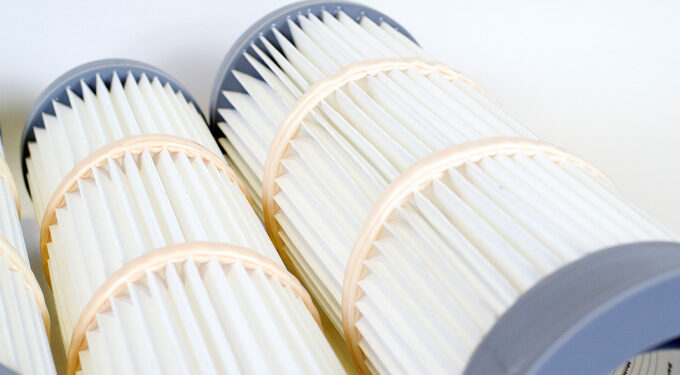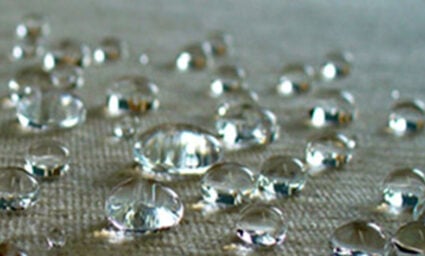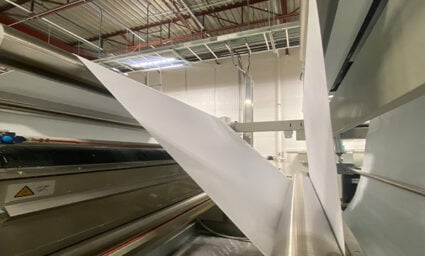How an industrial air filter is manufactured determines the filter’s performance in application. Which one to use is usually determined by the dust collector equipment specifications, the gas stream, temperature, and the environmental conditions of the process. Manufacturers can manipulate the fabric’s properties and performance by how it’s processed during manufacture.
Although many methods exist to create a nonwoven technical fabric, needlepunching and spunbonding are the two most used in creating industrial air filtration media. The needlepunching process relies on mechanical needles punching through several layers of prepared fibers to make a web of entangled fibers, creating a tight bond to hold the fabric together. A spunbond process binds the fibers through thermal (heat and pressure) or chemical bonding. Both methods offer uniform bonding and encourage filter cake formation more than randomly bonded fabrics, resulting in an even distribution of particles and improved filter cake formation.
Cartridge and pleated filters depend on larger surface areas to enhance industrial air filtration. This is because they are pleated by design, resulting in a larger total filtering surface area per cubic feet per minute (CFM), reducing the dust collector’s air-to-cloth ratio and size.
Although baghouses can be upgraded from nonwoven filter bags with cages to an all-in-one pleated filter unit, they cannot hold cartridge filters, which are only used in dust collectors designed explicitly for them.
Albarrie supplies a wide range of top and bottom access pleated filters for pulse jet dust collector systems and cartridge filters for cartridge dust collector systems. Our filters are custom-made to order with the fabrics and design you need for your application and equipment requirements.







